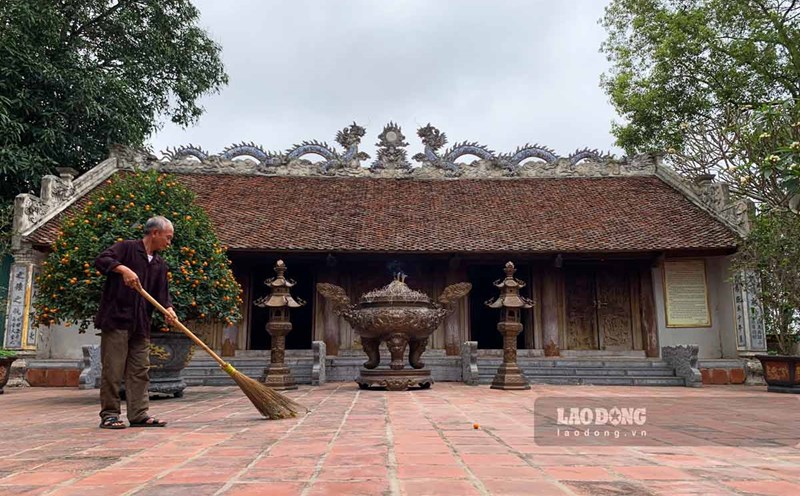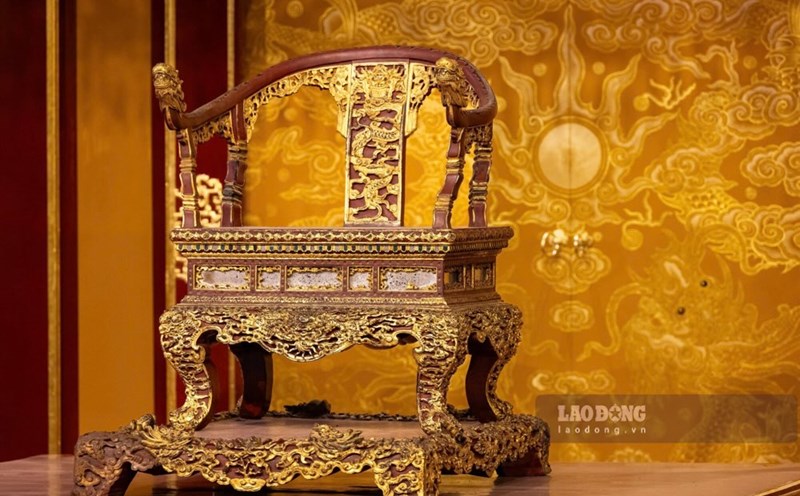Luong Pagoda (also known as Tram Gian Pagoda), self-named Phuc Lam Pagoda, was built earliest in the ancient Quan Anh (now Hai Hau district, Nam Dinh province), around the end of the 15th century (1485 - 1500). In 1990, Luong Pagoda was recognized as a national historical - cultural relic.
The current pagoda is quite large in scale, consisting of 100 rooms, with the architectural style of many periods, but still strongly influenced by the style of the 17th - 18th centuries. The campus of Luong Pagoda is divided into two areas, closely linked together. The first area is important works, including: front hall, three bells, bell tower, back hall and two rows of East-West corridors connected by roofing and folding, creating a harmonious architectural whole.
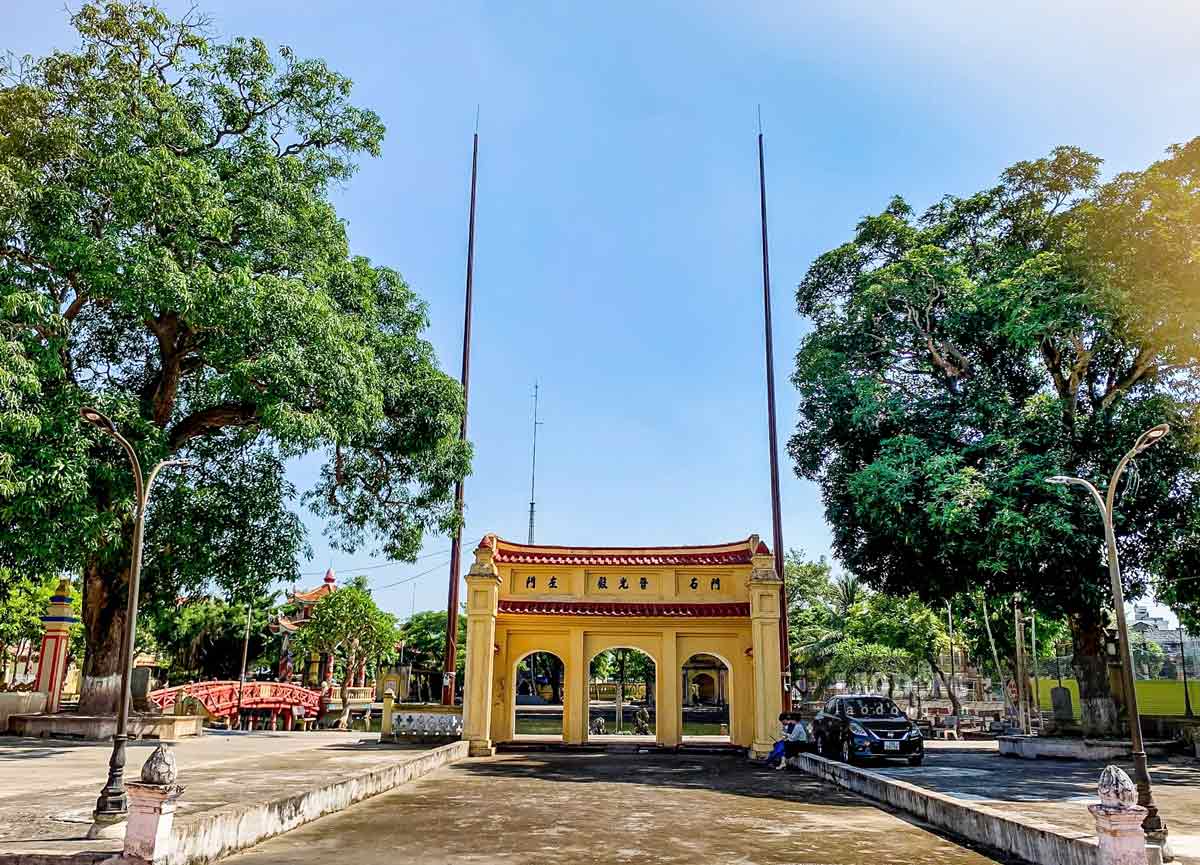
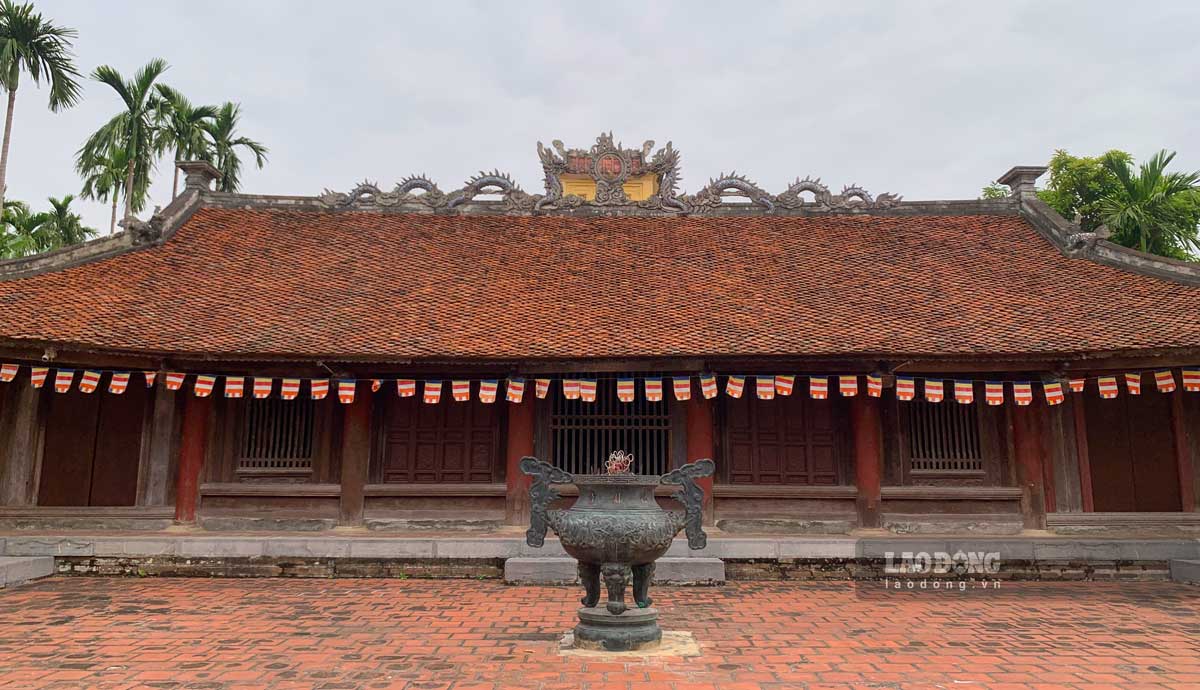
Currently, the East-West corridor of the pagoda is where many valuable steles are kept. The total number of steles in the pagoda is up to nearly 40, divided into 2 blocks "square steles carved with statues, round steles with accents".
Located about 300m from Luong Pagoda is a Luong market tiled bridge that is over 500 years old. The bridge was built at the same time as Luong Pagoda in the year of the Three Year of the Monkey, or 1511.
Although it has existed for more than 500 years, Luong Market Tiles Bridge is still one of the three oldest and most beautiful tiled bridges in Vietnam that still retains its original appearance. The bridge is built on 18 square stone pillars on each side of the 35cm long, arranged in 6 rows to carry 6 guns and support the entire 9 bridge stations. Located on the stone pillars are a system of level crossings and vertical beams made of sturdy ironwood to support the beams and raise the bridge floor and bridge houses.
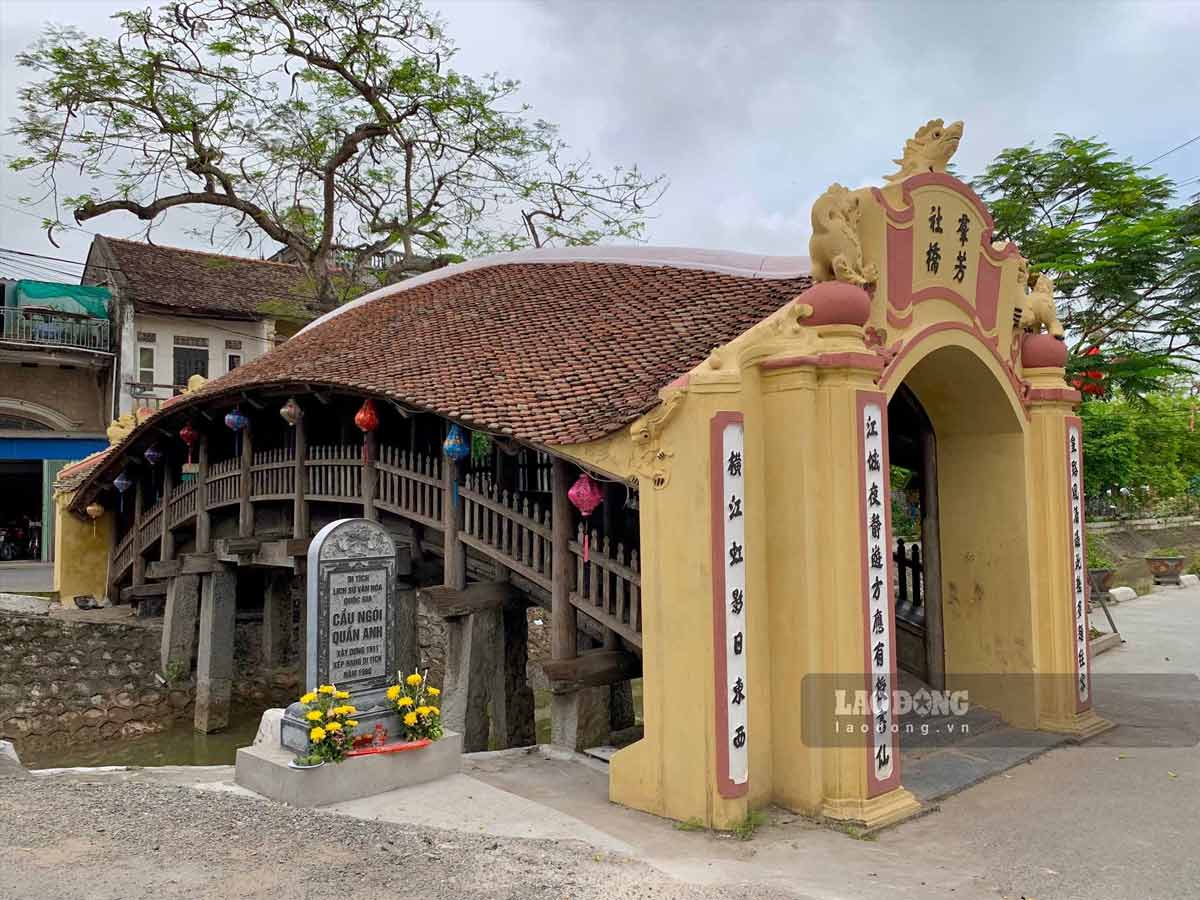
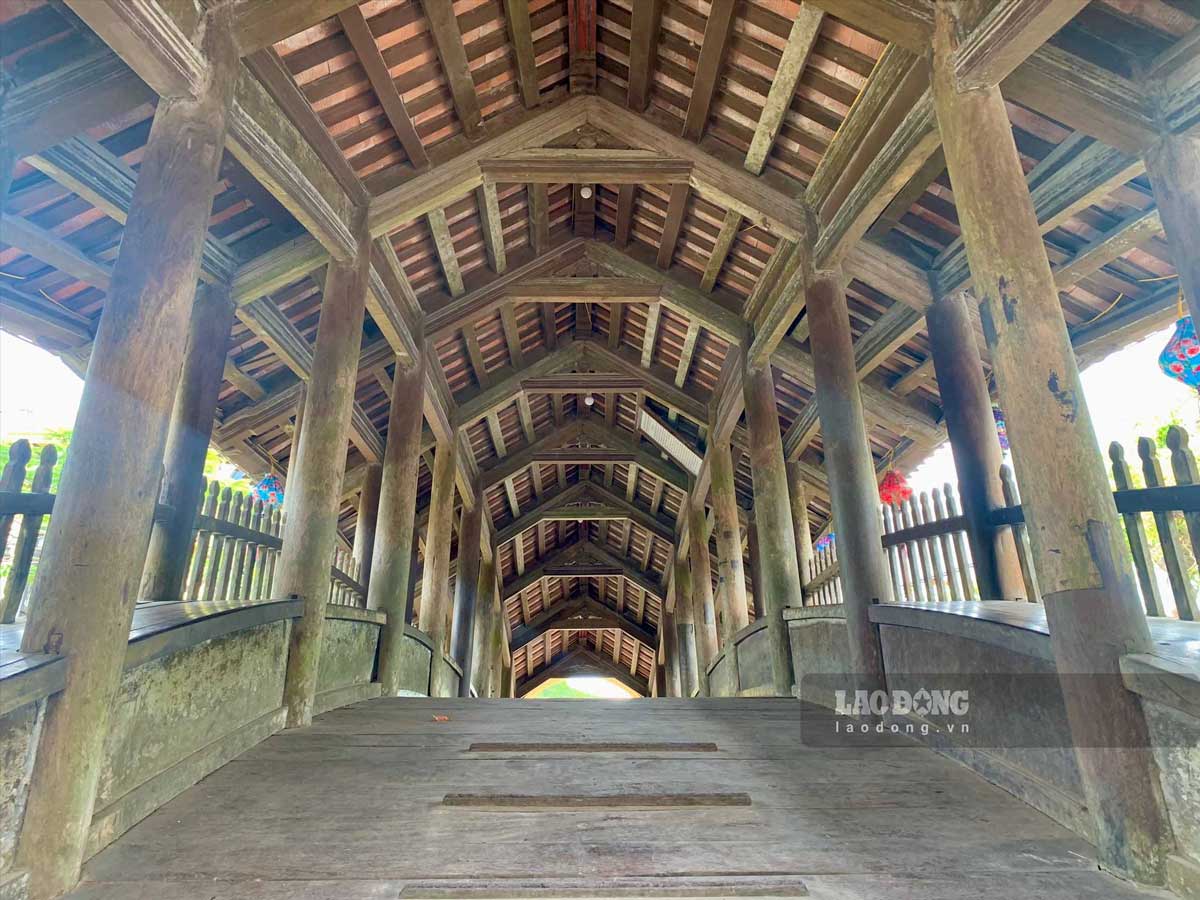
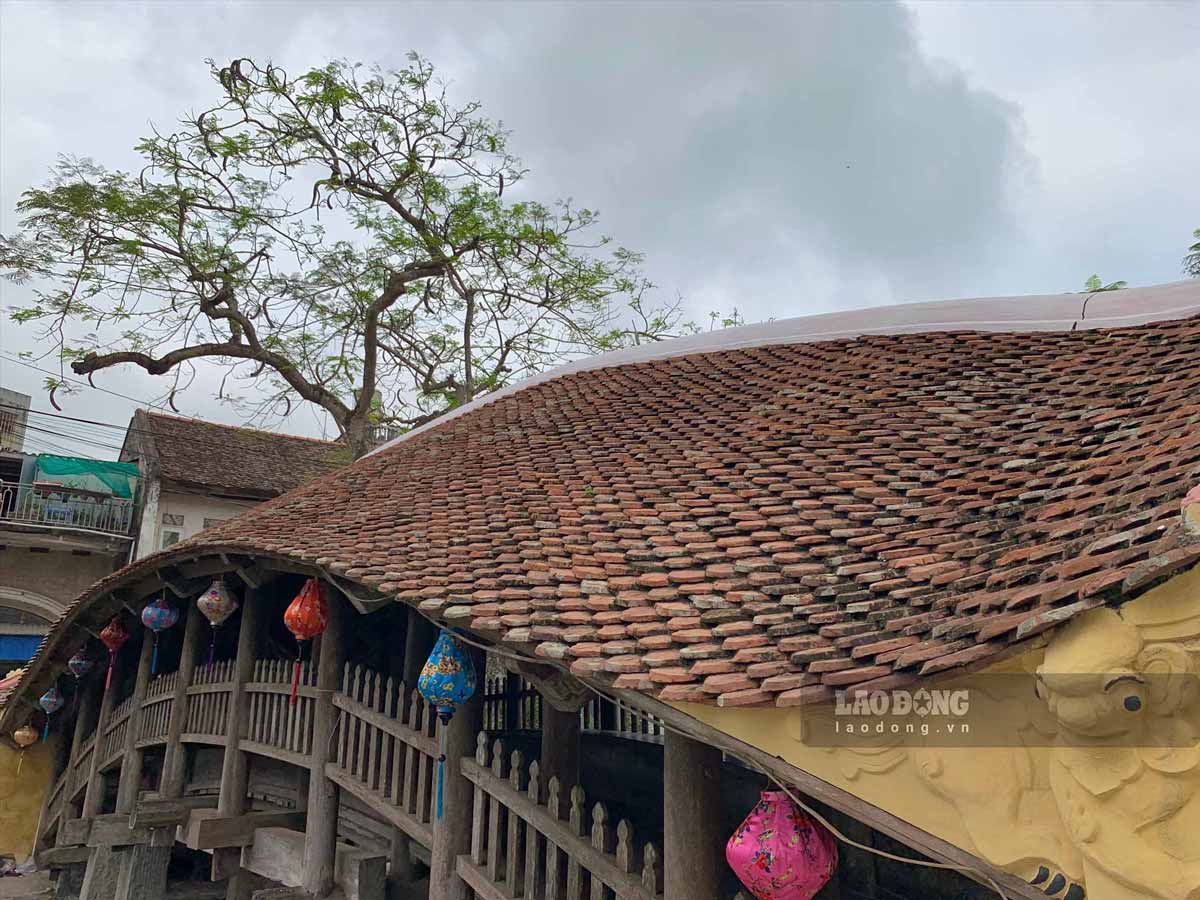
The highlight of the bridge is the male tiles, which are skillfully roofed without being pushed and hollowed, looking like a curved dragon flying up.
Inside the bridge, there are two rows of corridors and they are also bent along the bridge wall. Outside the corridor is a railing with upper and lower levels and parallel leaves. The corridor is a place where tourists and residents can stop and rest and admire the river.
Exploring Hai Anh, Luong Pagoda and Luong Market Tiles Bridge leaves an impression on many visitors. Ms. Bui Nhu Quynh (from Thai Binh) said: "Coming to Hai Anh commune, Hai Hau district, I had the opportunity to explore the unique ancient tiled bridge. Not far from the brick bridge, I walk to Luong Pagoda - the famous 100-room pagoda here".

